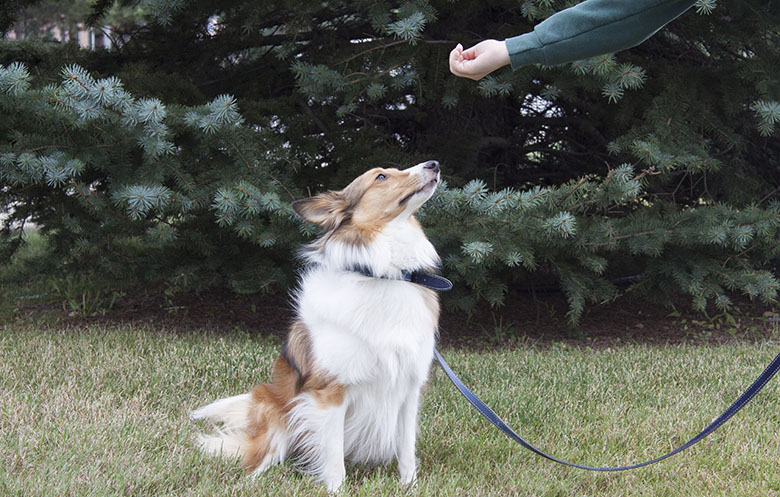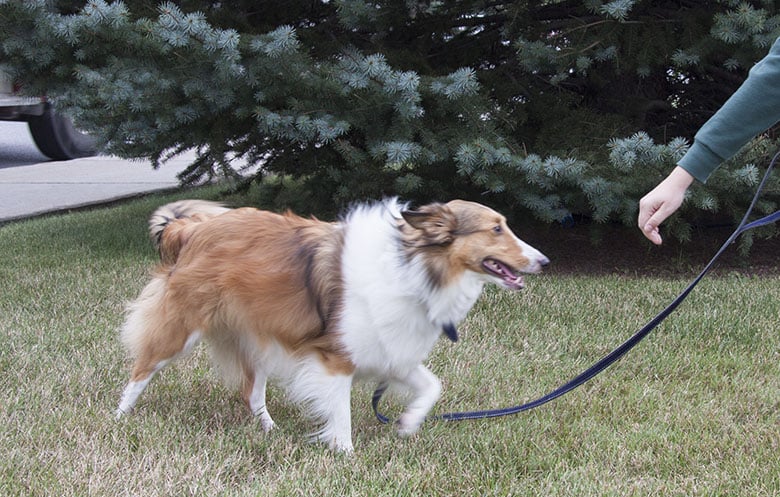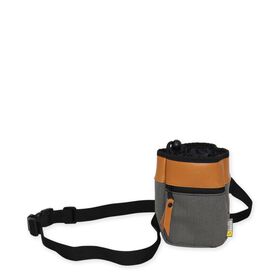Does your dog not listen to you? Does it lie down when you say “sit”? Follow these tips for teaching your dog three basic commands.
First, the approach with all three commands remains the same:
- Grab a treat and let the dog sniff it.
- Use the hand holding the treat to make the appropriate signal.
- Protect the treat with your fingers to keep the dog from eating it.
- State the command as soon as the dog performs the desired behaviour, give the dog the treat and praise it, using one or two simple words like “good dog”.

Teaching your dog to sit using the “sit” command
The hand signal for “sit” is as follows:
- Open palm up, fingers pointing upwards
- After letting the dog sniff the treat, move your hand over and slightly towards the back of the dog’s head.
Teaching your dog to lie down using the “lie down” command
First, make the dog sit, as specified above.
The hand signal for “lie down” is as follows:
- Hand flat, palm down
- Lower the hand holding the treat to the ground between the dog’s front paws.
Teaching your dog to come using the “come” command
For this command, it’s important to have the dog sit before awarding a treat to encourage the dog to stay near you.
The hand signal for “come” is as follows:
- Open palm down, moving hand towards you
- If your dog doesn’t come and runs off, shorten the distance between you and the dog to get its attention, and back up when it tries to reach you by repeating the “come” command.
Tips and tricks
- Always use the same word and gesture for a given command to help make learning easier.
- If several family members are involved in training the dog, be sure to all use the same words and gestures with the dog.
- Remember that your dog is in training, so you can use a cushion or non-slip surface when first teaching the dog the “sit” and “lie down” commands.
- You can also use a long leash to help with the “come” command. Never use a leash to correct or punish the dog. It can be useful, however, to shorten distances and gently bring the dog towards you.

Pro tips
- For each new command learned, keep the following in mind: environment, distraction, duration and distance. For example, if you’re teaching your dog the “come” command only in your living room, the dog may not respond to the command in another location or room. Take the time to gradually increase your requirements.
- If your dog doesn’t listen to you, be sure that your requirements are consistent with the dog’s abilities. Avoid putting your dog in a position to fail.
- Remember that dogs don’t speak your language. When you want to teach them a new word like “sit” during initial training sessions, always say the word only when the dog is performing the action to help the dog associate the word with the action.
- Don’t hesitate to call on a dog trainer.
Now your dog is ready to impress!








